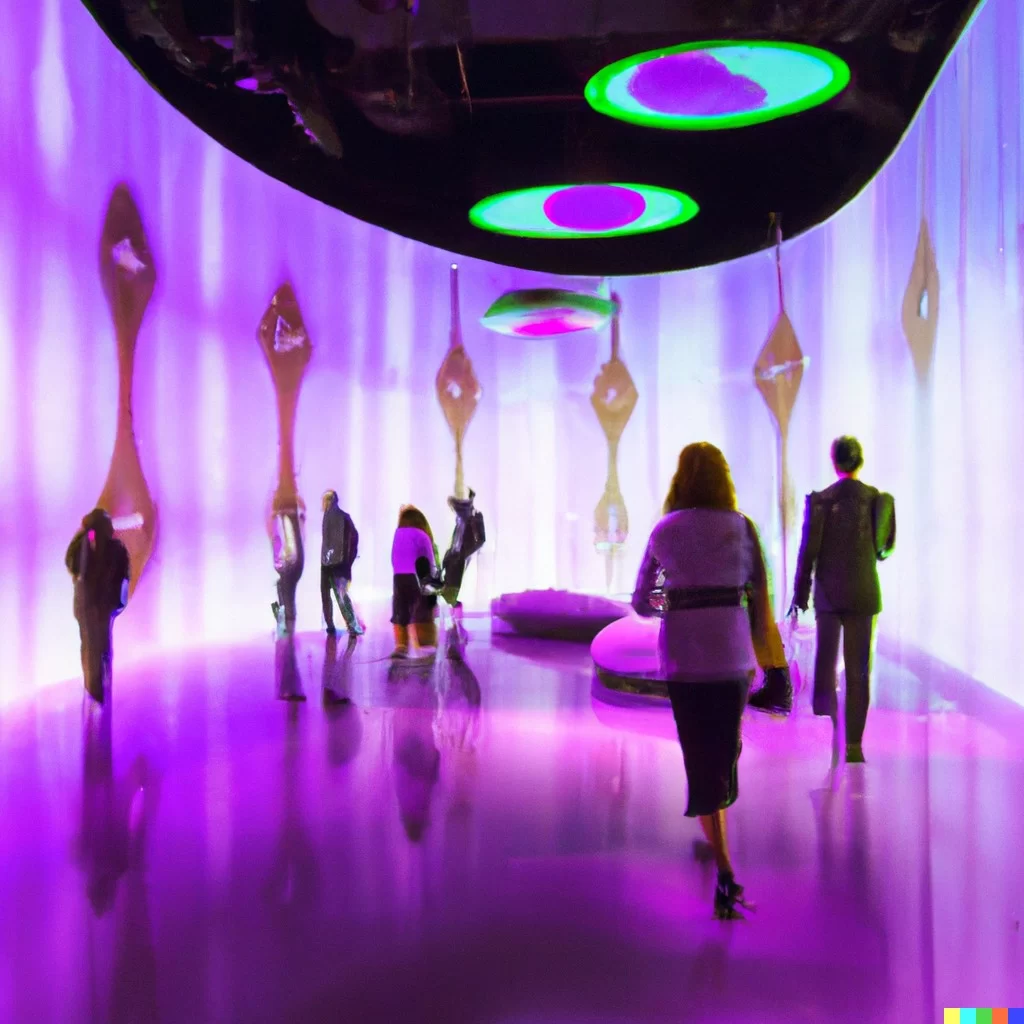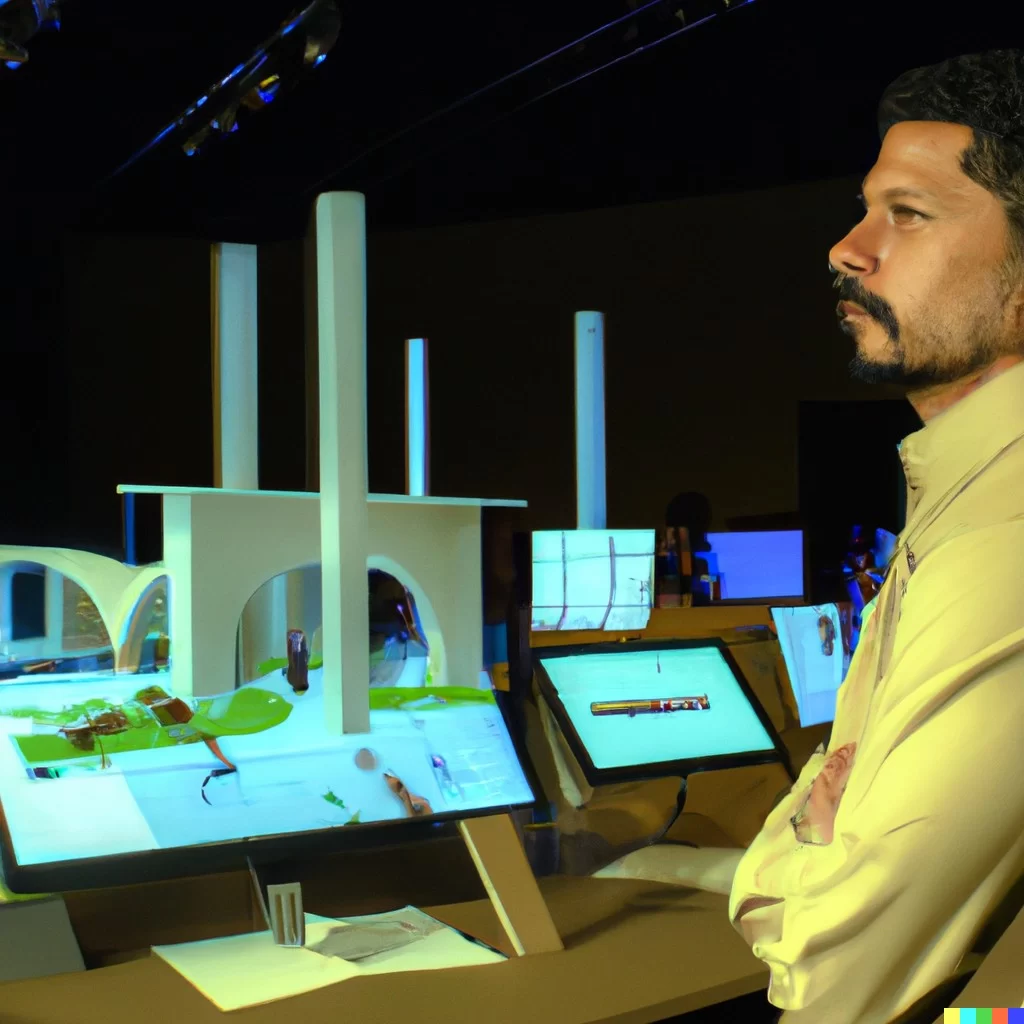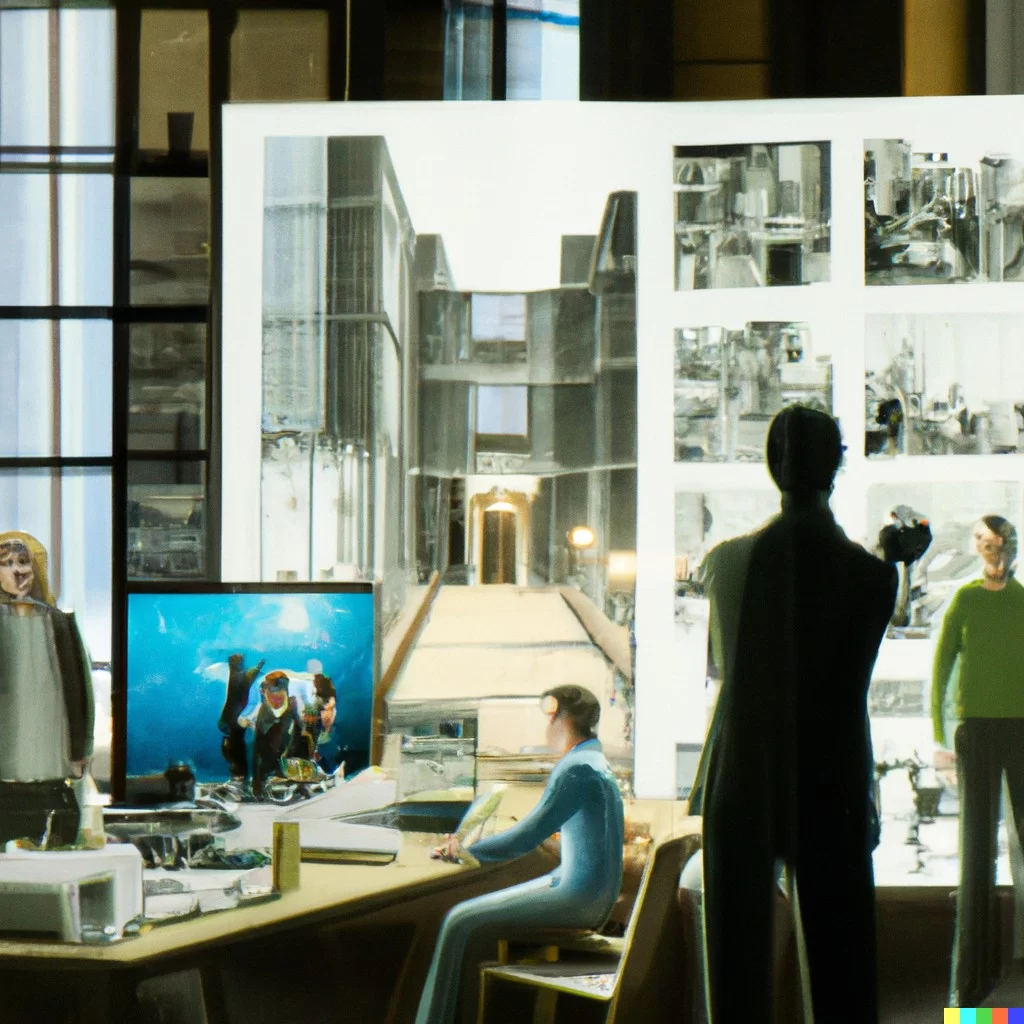As technology continues to advance, architects and designers are presented with new opportunities to create immersive environments that can transform the way people experience space. From virtual reality to augmented reality, immersive environments offer a unique way to explore and interact with the built environment. Architects and designers should take the lead in creating these immersive environments, as they possess the skills and expertise needed to design spaces that can engage and inspire people.

Immersive Environments: An Introduction
Immersive environments can be defined as spaces that stimulate one or more of the senses, creating an interactive and engaging experience. These environments can be created through a variety of means, including virtual reality (VR), augmented reality (AR), mixed reality (MR), and interactive installations. In each case, the goal is to create an environment that feels real, even if it is entirely digital.
In the context of architecture and design, immersive environments can be used to explore and communicate design concepts, allowing designers to create and test spaces before they are built. These environments can also be used to enhance the experience of existing spaces, creating interactive installations or exhibits that engage visitors in new and exciting ways.
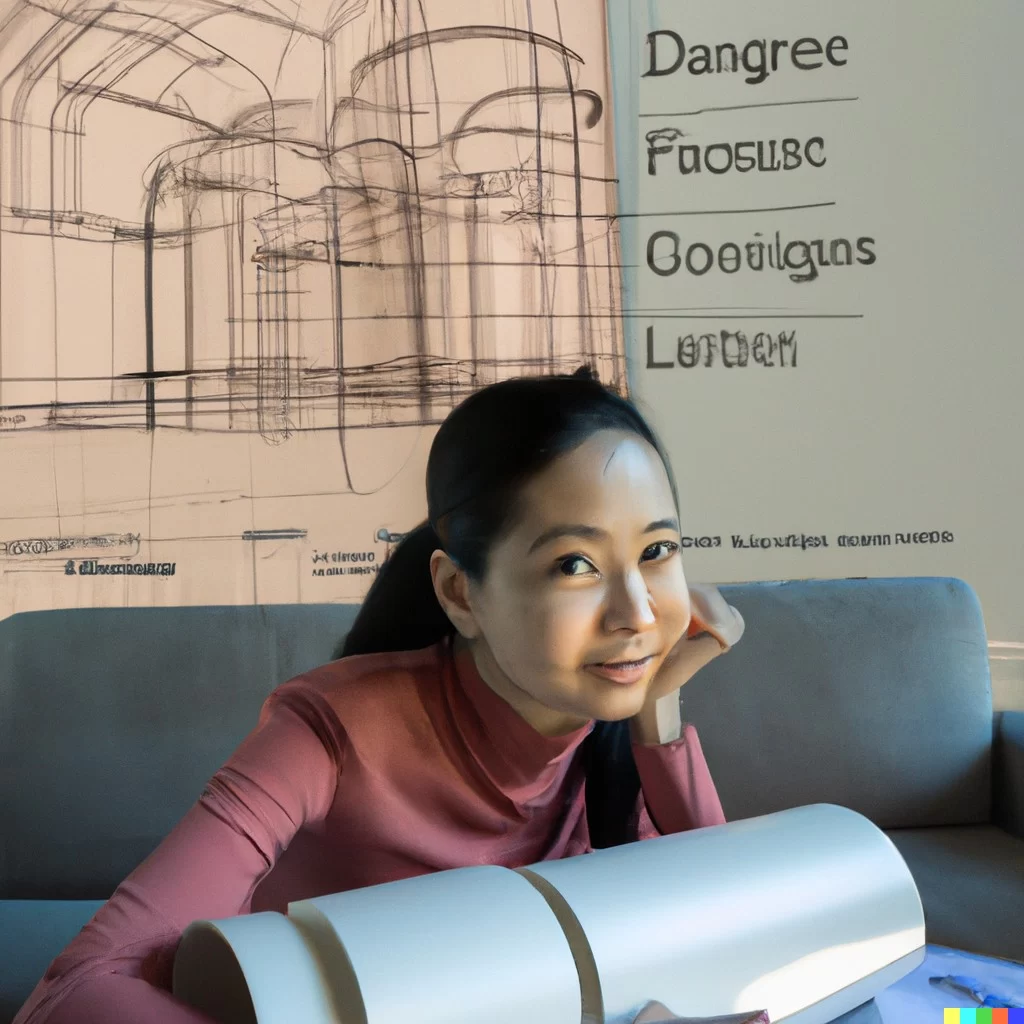
Why Architects and Designers Should Take the Lead
Architects and designers are uniquely positioned to lead the charge in creating immersive environments. They possess the technical skills and design expertise needed to create spaces that can engage and inspire people. Moreover, they have a deep understanding of the way people interact with space and can use that knowledge to create immersive environments that are both functional and aesthetically pleasing.
Architects and designers are also trained to think creatively and outside the box. They can take innovative approaches to designing immersive environments, exploring new technologies and techniques to create unique and engaging experiences. By taking the lead in creating immersive environments, architects and designers can push the boundaries of what is possible and create spaces that are truly transformative.
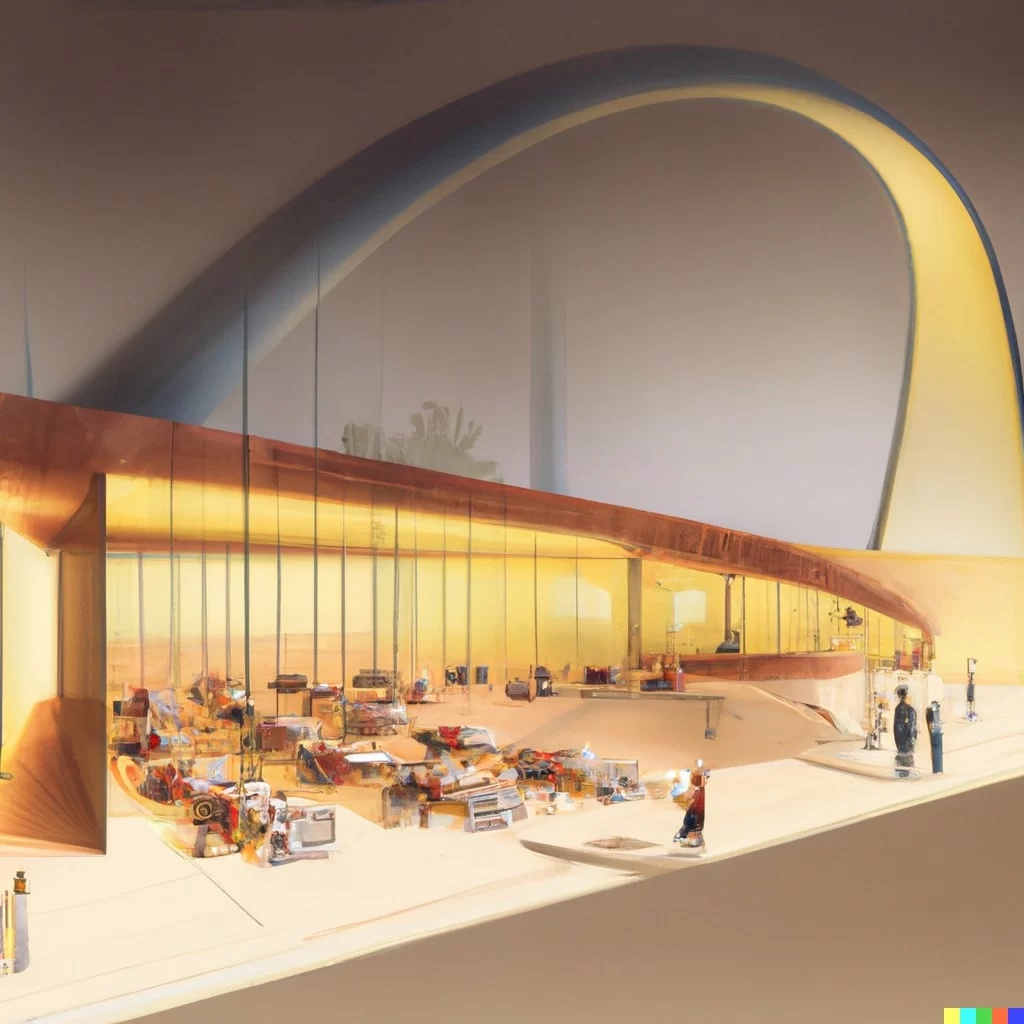
Designing for the Senses
Creating an immersive environment requires designers to think about space in a new way. They must consider how the space will be experienced, both physically and emotionally. They must also consider the sensory aspects of the environment, such as lighting, sound, and texture. By designing for the senses, architects and designers can create spaces that are truly immersive and engaging.
For example, a designer creating an immersive exhibit may choose to use lighting to create a particular mood or atmosphere. They may use sound to create a sense of depth or to draw attention to a particular element of the exhibit. They may also use texture to create a tactile experience, allowing visitors to touch and interact with the environment in new and exciting ways.
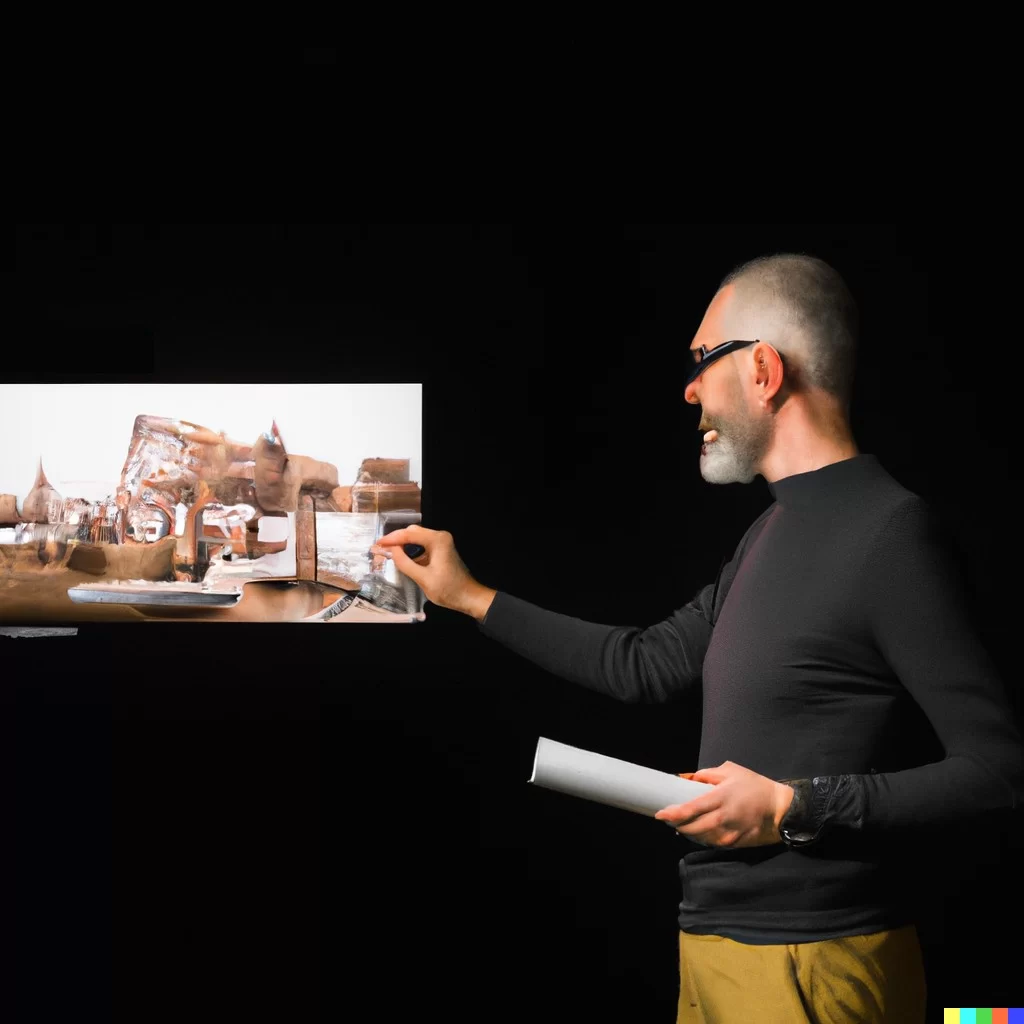
Designing for Accessibility
Another important aspect of designing immersive environments is accessibility. Immersive environments should be designed with all users in mind, including those with disabilities. This may require designers to consider the layout of the space, the placement of interactive elements, and the use of assistive technologies.
For example, a designer creating an immersive exhibit may choose to use voice commands or haptic feedback to allow users with disabilities to interact with the environment. They may also consider the placement of interactive elements, ensuring that they are easily accessible to all users.
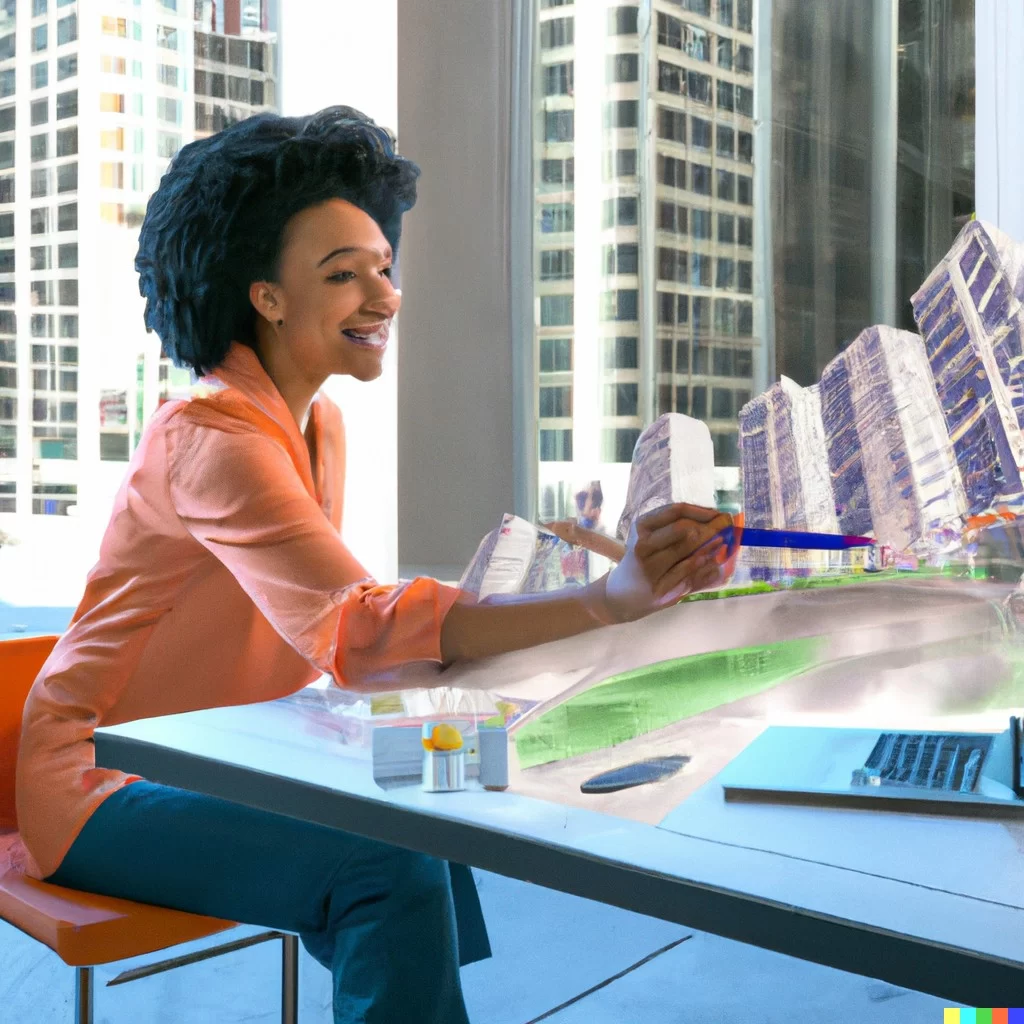
The Future of Immersive Environments
The future of immersive environments is bright, with new technologies and techniques emerging all the time. As architects and designers continue to explore the possibilities of these environments, we can expect to see even more innovative and engaging spaces in the years to come.
For example, advances in virtual and augmented reality may make it possible to create fully immersive environments that are indistinguishable from the real world. Similarly, advancements in artificial intelligence and machine learning may allow designers to create interactive installations that adapt to the needs and preferences of individual users.
Conclusion
In conclusion, immersive environments offer a new way to experience and interact with spaces. Architects and designers must take the lead in creating these environments to ensure that they are not only visually appealing but also functional and meaningful for users. By designing for experience, architects and designers can create spaces that transport users to another world.

